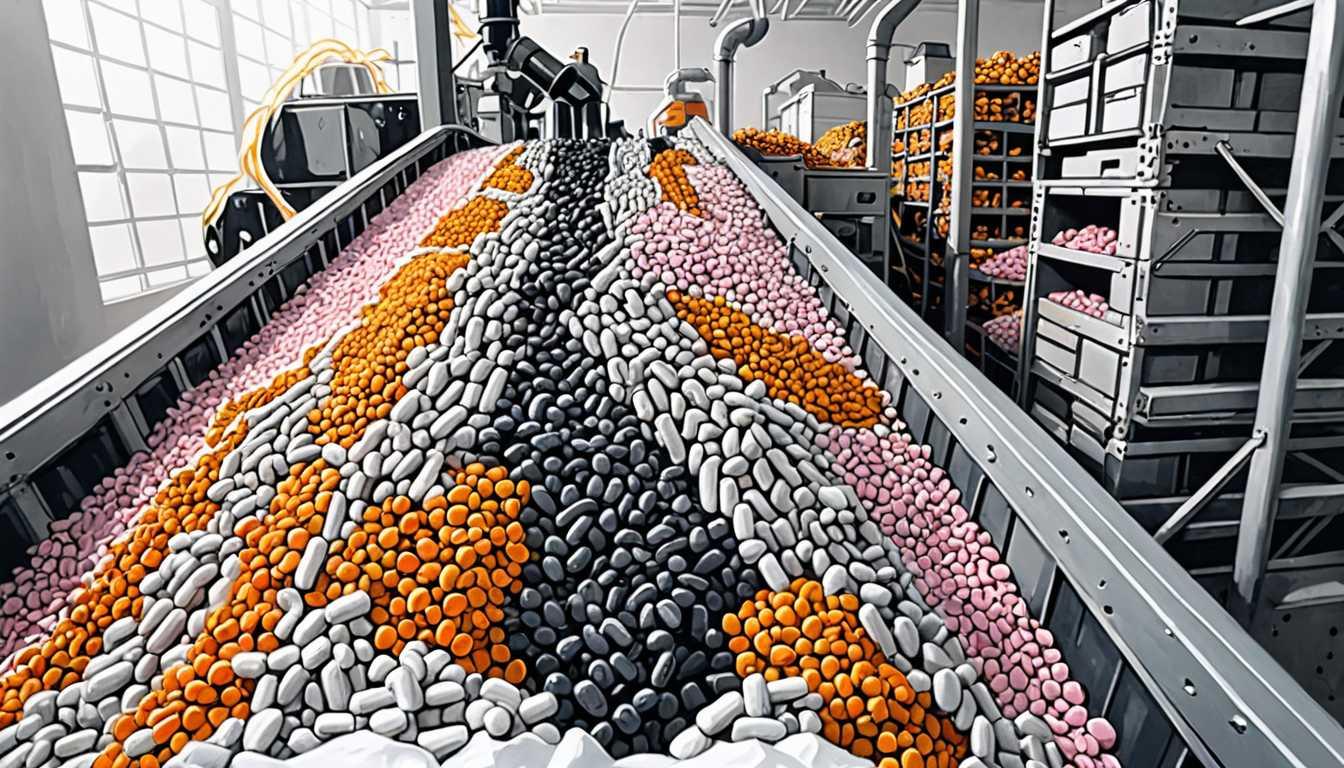Yellow Journey: The School Bus Story
September 2019
Smithsonian Magazine
Introduction
Did you know the iconic yellow school bus wasn't always yellow? Dive into the fascinating journey, courtesy of Smithsonian Magazine, where in 1939, education experts, including the visionary Frank Cyr, decided on a hue that's hard to miss. From patriotic red, white, and blue proposals to the final National School Bus Glossy Yellow, discover how this choice revolutionized safety and became a symbol of reliable school transportation. Plus, find out why this particular yellow grabs our attention so effectively. It's a colorful tale of science, safety, and a bit of serendipity!
READ FULL ARTICLEWhy It Matters
Discover how this topic shapes your world and future
Riding into the Future on a Yellow Bus
Imagine a world where every school bus was a different color. Sounds fun? Maybe at first glance, but this colorful chaos could have made your ride to school less safe and more expensive. Back in 1939, a visionary named Frank Cyr led a conference that would paint the future of school transportation with a single stroke - or rather, a single color: yellow. This wasn't just about aesthetics; it was about safety, cost efficiency, and creating a unified standard that would benefit everyone. The story of how school buses became yellow is a fascinating journey through history, innovation, and the power of collaboration. It's a testament to how a simple change can have a profound impact on our daily lives and the environment around us. As you hop on and off the yellow school bus every day, remember, it's not just a ride; it's a carefully crafted piece of history designed with your safety in mind.
Speak like a Scholar
Standardization
The process of making something conform to a standard. In the context of school buses, it means agreeing on specific characteristics like color for consistency and safety.
Visibility
The state of being able to see or be seen easily. The unique yellow of school buses is chosen for its high visibility, making it easier for drivers to spot the bus from a distance or in their peripheral vision.
Consolidation
Combining several parts into a single, more effective whole. Frank Cyr promoted the use of school buses to help rural school districts consolidate resources and improve education access.
Photoreceptor cells
Specialized cells in the eye that respond to light. The color of school buses is specifically chosen to stimulate these cells effectively, making the buses stand out in our vision.
Mass transit system
A public transportation system designed to move large numbers of people efficiently. The school bus system is considered the largest of its kind in the United States.
Desegregation
The process of ending the separation of two groups, usually referring to races. The yellow school bus played a role in the desegregation of schools by transporting students across district lines.
Independent Research Ideas
The psychology of color in public transportation
Investigate how different colors affect visibility, mood, and behavior in the context of public transportation. What makes yellow the color of choice for school buses, and how do other colors impact the safety and efficiency of transportation systems?
The evolution of school bus design for enhanced safety
Explore the technological and design advancements in school buses since 1939. How have these changes contributed to making school buses the safest form of transportation for students?
The role of school buses in educational access and equity
Examine how the school bus system has influenced educational access and equity, particularly in rural areas or during historical events like desegregation. What challenges remain, and how can transportation continue to improve educational outcomes?
Environmental impact of school buses and future sustainable alternatives
Research the environmental footprint of the current school bus system and the potential for electric or alternative fuel buses. What are the challenges and benefits of transitioning to more sustainable transportation options for schools?
Cultural and social impact of the school bus in American society
Analyze how the school bus has become an iconic symbol in American culture and its representation in media and literature. How does this symbol reflect broader themes of education, community, and safety in society?
Related Articles

The Physics of Ski Acrobatics
February 2022
The Conversation

Game-Changing Sports Analytics
June 2023
Massachusetts Institute of Technology (MIT)

Sweet Revolution: Candy's Industrial Leap
February 2019
Smithsonian Magazine

Baking Powder: A Culinary Revolution
June 2017
Smithsonian Magazine

Photograph That Unraveled the Cosmos
July 2022
The Royal Institution